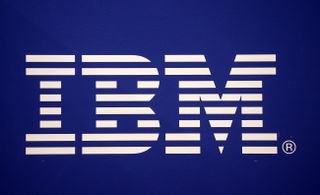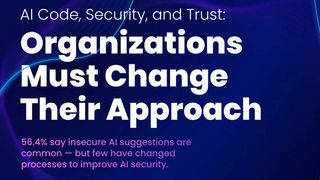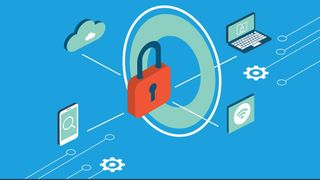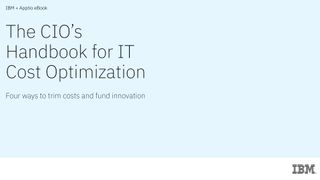SAP wants you in the cloud and generative AI is how it will lure you there
SAP is “trying hard” to take all of its customers on a digital transformation journey, but says there is only one destiny – the cloud

With its AI Copilot Joule taking center stage at Sapphire 2024, one could easily forget that SAP is actually a company that specializes in enterprise resource planning software (ERP).
Joule is SAP’s copilot; The name is actually a unit of energy or work, as used by the International System of Units. However, for SAP, Joule is a glimpse at a future where AI Copilots are the single interfaces of our work.
So whereas the cloud stores and analyzes our data within numerous different applications and programs, Joule will give the users a single interface to interpret the information – for analytical projects, at least.
Seemingly every announcement from Sapphire featured Joule in some way, even the new acquisitions for WalkMe, an automated online guide, has a clear tie-in with the copilot. The question is why is an ERP software giant pushing hard for generative AI?
The obvious answer here is that SAP has something that will generally benefit its customers – a way of taking their data and putting it to work, right in the systems they need.
SAP has to address legacy customers
However, SAP customers on legacy on-prem systems might see it differently. One could easily come away from Sapphire 2024 with a sense that SAP wants to use AI and tools like Joule as bait to entice more and more legacy customers to the cloud.
Across the conferences in both Barcelona and Orlando, CEO Christian Klein spoke of the benefits of being in the cloud, from access to the latest innovations to the simplification of its software stack.
Cloud Pro Newsletter
Stay up to date with the latest news and analysis from the world of cloud computing with our twice-weekly newsletter
That message felt very clear cut from day one, but during a post-keynote Q&A session, where Klein was asked about SAP’s legacy ERP system customers, he drew a pretty definitive line in the sand.
“I guess we will find no one – no investor, no customer, no partner – who believes the future is on-prem,” he said.
“While we want to take all of these customers with us, and I know some of them invested a lot into their on-premise business, we are trying hard to take all of the customers with us, but there is one destiny, and that's the cloud.”
For those 100-odd legacy customers that reside within its 400,000 customer base, Klein promised to “find a solution” so that they could continue to work with SAP.

Find out who the leading service providers are in the enterprise supply chain space
That solution will most certainly involve some migration as no competitive customer can afford to sit on a 10-year-old ERP release – the pace of change is not just about the survival of the customer, but also SAP itself, according to Klein.
“You also don’t have the iPhone from 10 years ago. You're also not using Microsoft Office from 20 years ago. That's how technology is moving and you have to allow SAP to follow that trend otherwise SAP will not exist anymore in the future. And that's where we all agree,” he said.
“We don't want that. We want to have a damn successful SAP for our customers, that's what our strategy is about.”
Bobby Hellard is ITPro's Reviews Editor and has worked on CloudPro and ChannelPro since 2018. In his time at ITPro, Bobby has covered stories for all the major technology companies, such as Apple, Microsoft, Amazon and Facebook, and regularly attends industry-leading events such as AWS Re:Invent and Google Cloud Next.
Bobby mainly covers hardware reviews, but you will also recognize him as the face of many of our video reviews of laptops and smartphones.




